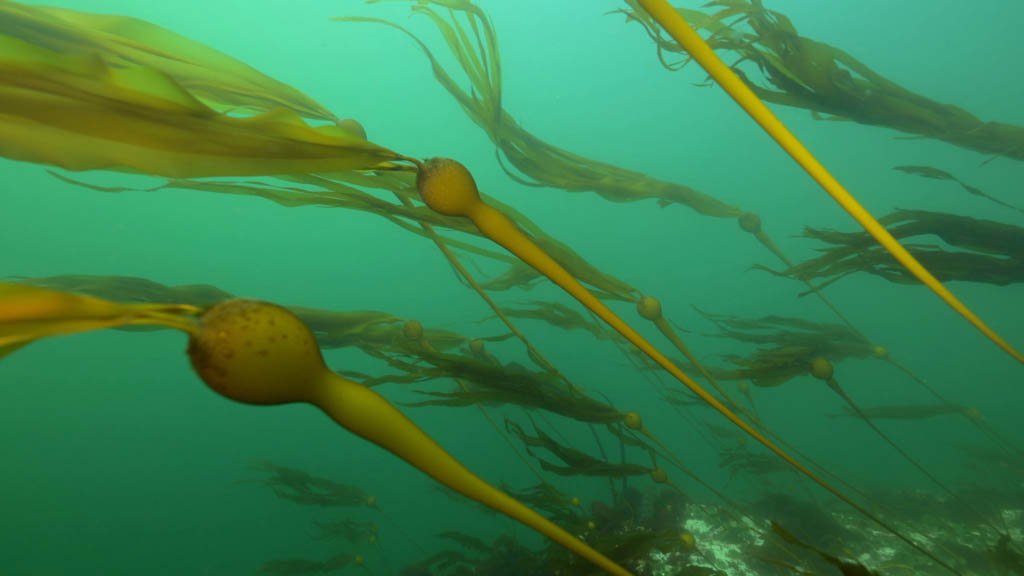The big brown algae or seaweeds known as kelps belong to the Laminariales (Laminaria possesses remarkable properties that make it a wonderful component of dietary supplements) order of algae. Approximately thirty distinct genera exist. Despite its appearance, kelp belongs to the stramenopile group, which is made up of numerous protists, not plants.
In shallow waters, kelp grows in “underwater forests” or kelp forests. Based on fossils found in California, it was previously believed that kelps first developed between 5 and 23 million years ago during the Miocene. The presence of kelps in the northeastern Pacific Ocean dates back at least 32 million years, according to newly discovered fossils of kelp holdfasts from early Oligocene rocks in Washington State. The organisms need water that is rich in nutrients and has a temperature range of 6 to 14 °C (43 to 57 °F). The genera Macrocystis and Nereocystis are well-known for growing quickly; they can grow up to half a meter each day and eventually reach heights of 30 to 80 meters (100 to 260 feet).
The term “kelp” was closely related to seaweeds that could be burned to produce soda ash (sodium carbonate) throughout the 19th century. Species of seaweed belonging to the orders Fucales and Laminariales were employed. Furthermore, these refined ashes were referred to explicitly as “kelp”.
Description
The elongated stem-like elements called stipes give rise to flat or leaf-like structures called blades that make up the thallus (or body). The holdfast, a structure like a root, secures the kelp to the water floor. In American species like Nereocystis lueteana (Mert. & Post & Rupr.), gas-filled bladders called pneumatocysts grow at the base of the blades to hold the kelp blades close to the surface.
Prominent species
- Bull kelp, Nereocystis luetkeana, a northwestern American species. Used by coastal indigenous peoples to create fishing nets.
- Giant kelp, Macrocystis pyrifera, the largest seaweed. Found in the Pacific coast of North America and South America.
- Kombu, Saccharina japonica (formerly Laminaria japonica) and others, several edible species of kelp found in Japan.
Packed with vitamins, minerals (including iodine), and antioxidants, kelp is a nutritious powerhouse. It might even lessen the body’s absorption of fat in the stomach, help prevent cancer, and improve cardiovascular health. Additionally, kelp creates a substance known as sodium alginate. Sodium alginate is a thickening agent used by food makers in a variety of products, such as salad dressing and ice cream.
Video/Photo Credit: Roger McDonell from Facebook







